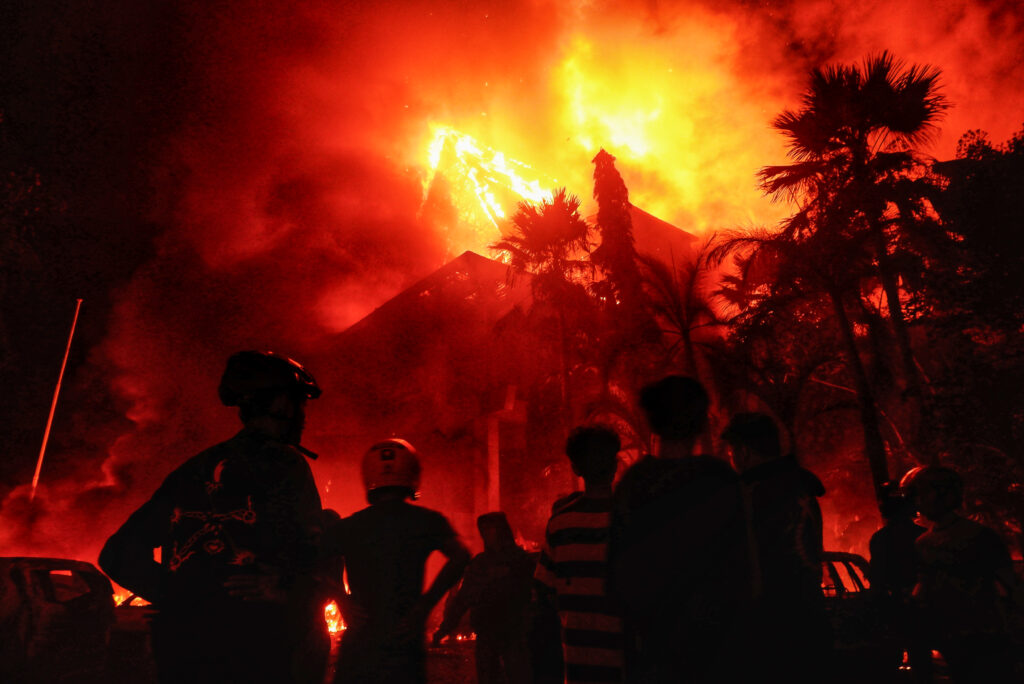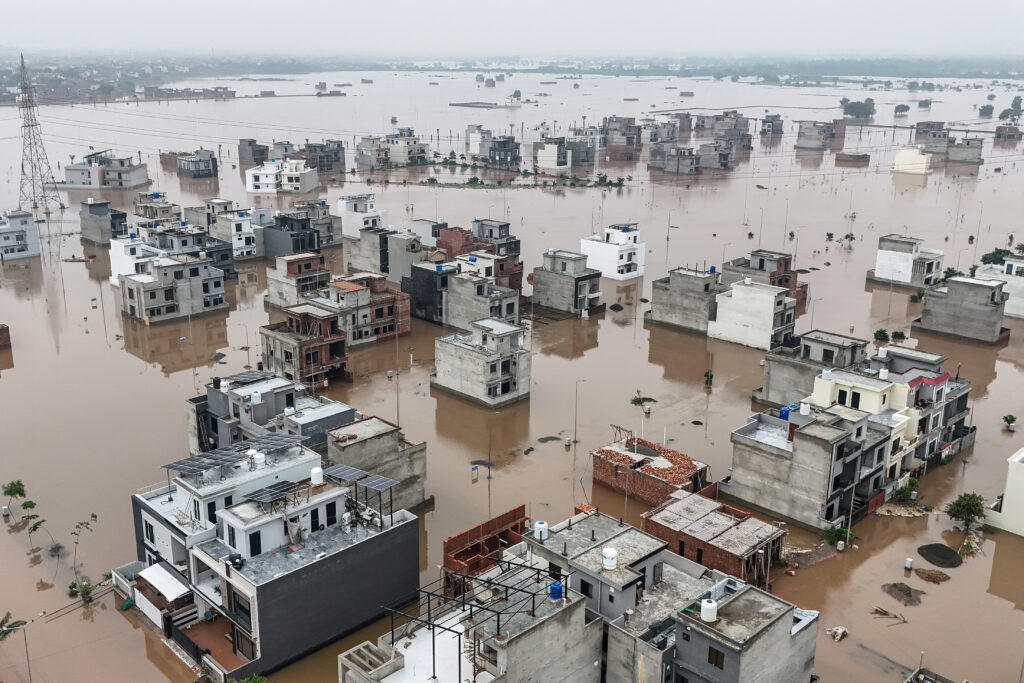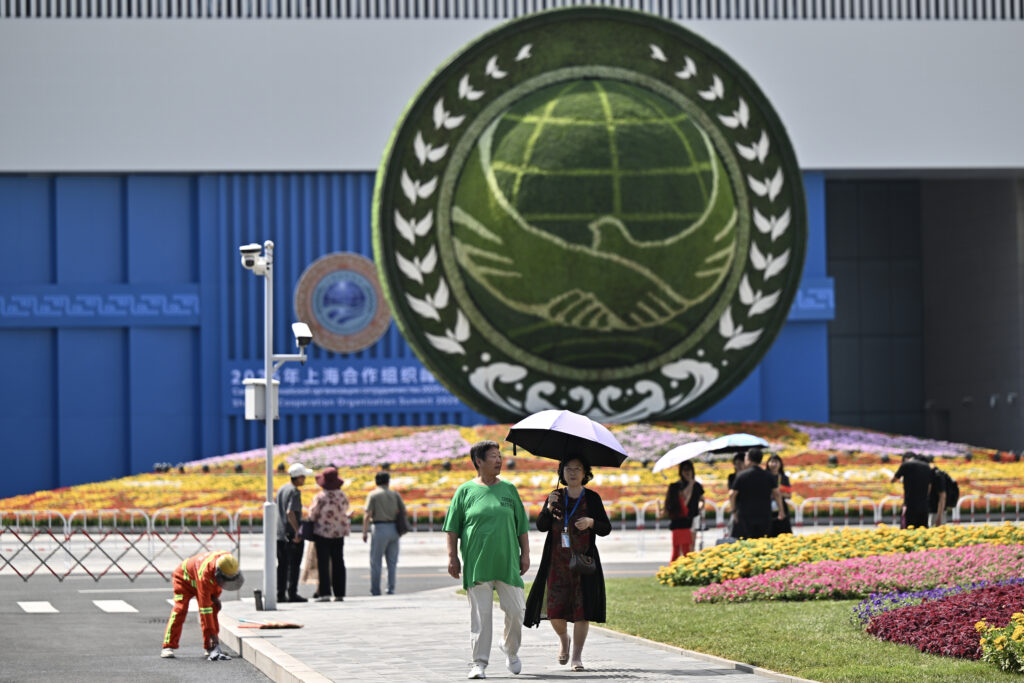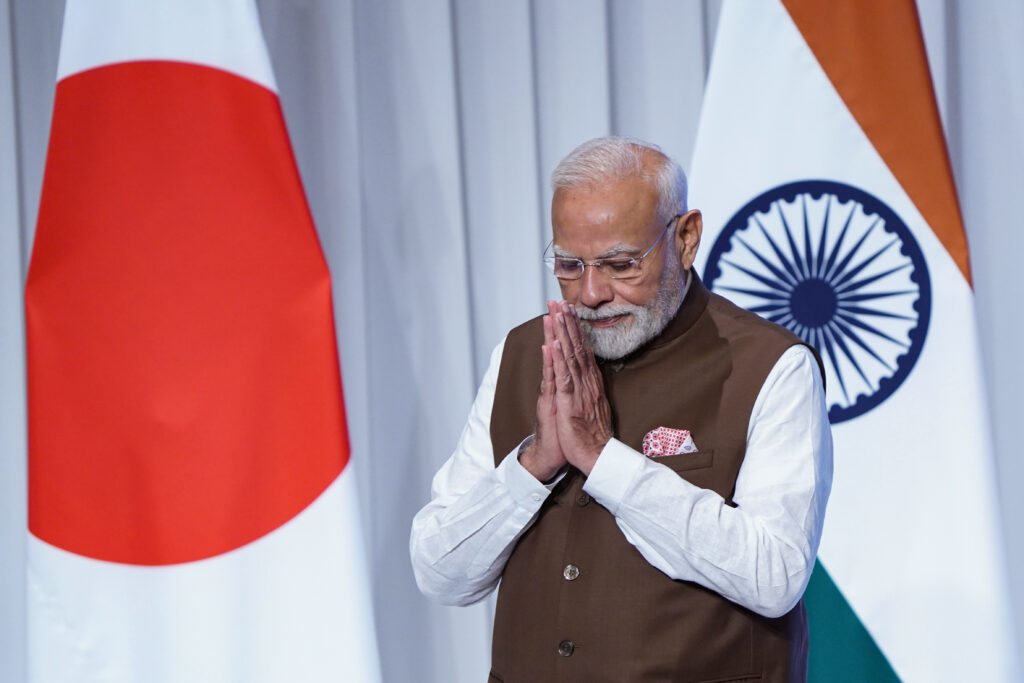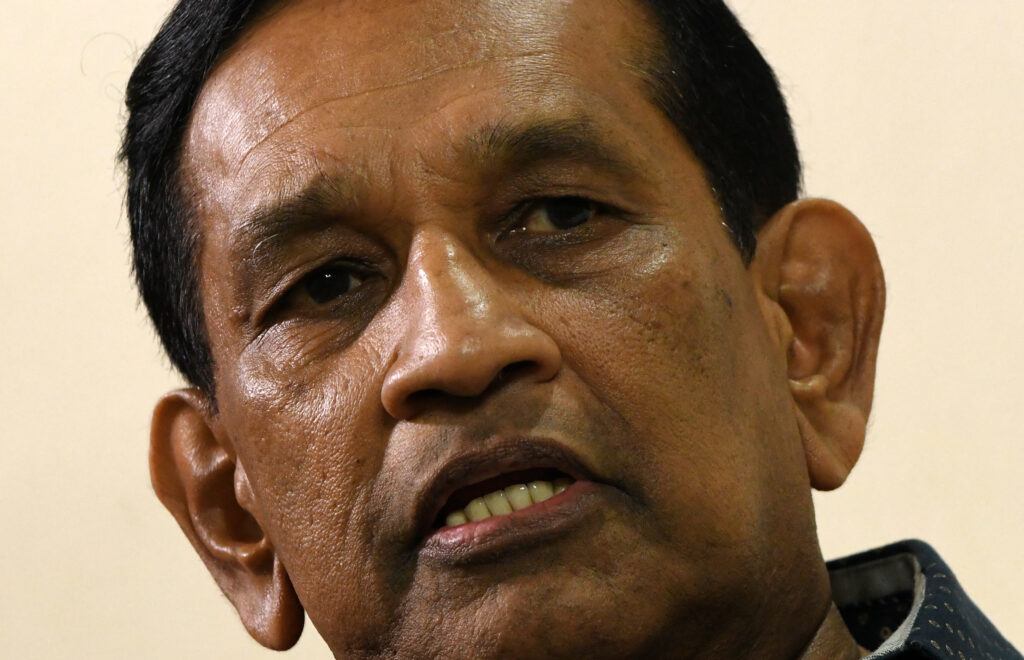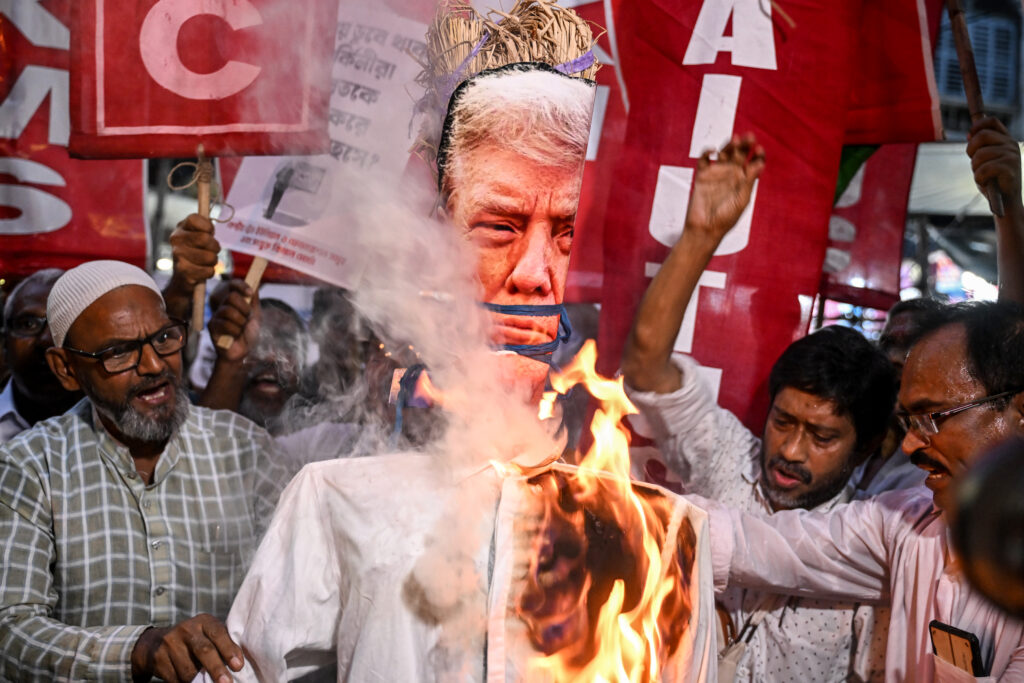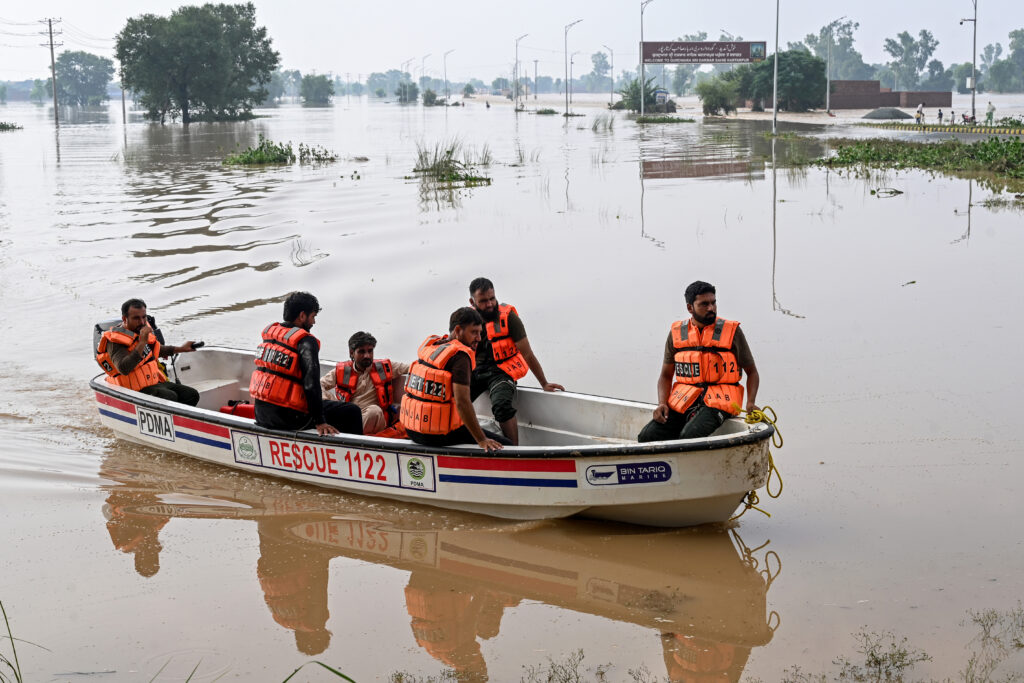Indonesia protest blaze kills 3 as anger erupts over driver death
A fire started by protesters at a council building in eastern Indonesia killed at least three people, a local official said Saturday, after demonstrations across the country following the death of a man hit by a police vehicle.Southeast Asia’s biggest economy was rocked by protests in major cities including the capital Jakarta on Friday after footage spread of a motorcycle taxi driver being run over by a police tactical vehicle in earlier rallies against low wages and financial perks for lawmakers.Protests in Makassar, the biggest city on the eastern island of Sulawesi, descended into chaos outside the provincial and local city council buildings, which were both set on fire as demonstrators hurled rocks and Molotov cocktails.Three people were killed as a result of the fire at the Makassar city council, its secretary Rahmat Mappatoba told AFP.”They were trapped in the burning building,” he said, accusing protesters of igniting the blaze.”Usually during a demonstration, protesters only throw rocks or burn a tyre in front of the office. They never stormed into the building or burned it.” Two workers at the city council died at the scene and a third person, a civil servant, died in hospital.At least four people were injured in the fire and were being treated at hospital, Rahmat added.Hundreds of people were seen in footage posted by local media cheering and clapping as fire engulfed the building Friday with few security forces in sight.One man was heard shouting: “There are people upstairs!”In footage verified by AFP, smouldering debris was seen falling from the roof of the city council building surrounded by palm trees as charred cars flickered with flames.Inside protesters lit several fires as parts of the building collapsed, while others smashed glass and chanted “revolution”.By Saturday, the building appeared to be a blacked-out wreck, with dozens of charred cars around it, as local residents inspected the scene, local media footage showed.Windiyatno, South Sulawesi’s military chief said in a statement Saturday that the situation in Makassar had “now returned to normal”.Makassar and South Sulawesi police did not immediately respond to AFP’s requests for comments.- Prabowo test -Protests continued on Saturday in different areas of Indonesia’s vast archipelago.Hundreds of students and ojek drivers protested in front of the police headquarters in Bali, Indonesia’s most popular tourist hotspot.”Bali is the centre of tourism in Indonesia, and we want to protest here to gain international attention about the legal injustice, corruption, and the impunity of police crimes,” protester Narendra Wicaksono told AFP.Hundreds of students in Surabaya also rallied outside the East Java police headquarters, according to an AFP journalist at the scene. In Jakarta, hundreds had massed on Friday outside the headquarters of the elite Mobile Brigade Corp (Brimob) paramilitary police unit they blamed for motorcycle gig driver Affan Kurniawan’s death the day before.Protesters threw firecrackers as police responded with tear gas.Police said they had detained seven officers for questioning in connection with Affan’s death.The protests were the biggest and most violent of Prabowo Subianto’s presidency, a key test for the leader less than a year into his rule.He has urged calm, and ordered an investigation into the driver’s death and that the officers involved be held accountable.Prabowo said on Friday the government was “committed to guaranteeing the livelihood” of the driver’s family, posting images on social media with them at their home.He has pledged fast, state-driven growth but has already faced protests against widespread government budget cuts to fund his populist policies including a billion-dollar free meal programme.
